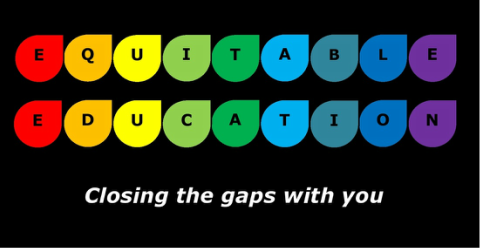I suppose the real challenge is how you can change behaviour for the better, so that it becomes the norm and in the case of teaching impacts on learning so that pupil's progress at a faster rate. In the above example of the Piano Staircase 66% more people took the stairs instead of the escalator. However, I personally would like to know if this high figure remained the same after the novelty of using the piano staircase had worn off or whether it was maintained over time because the challenge for teachers would be to maintain the fun factor but at the same time establish this as common practice!
|
One of the many skills highly effective teachers have is making their teaching fun and engaging, so that more of their students are actively involved in their learning and make better progress. This raises an interesting question for me - How can a teacher change pupil's behaviour for the better so they are actively engaged in their learning for longer and hence make better progress? This reminded me of the campaign Volkswagon launched a few years ago, which they called thefuntheory.com The primary purpose of thefuntheory.com was to use innovative ways of thinking and practice to change human behaviour for the better by making it fun to do. Three examples of the way they did this was through the Piano Staircase, The World's Deepest Bin and the Bottle Bank Arcade. I am sharing the Piano Staircase video below but the other two are readily available on YouTube should you wish to view them too. I would be interested in hearing from fellow teachers and staff working in schools who either already use fun and interactive teaching to change pupil's behaviour for the better, or can share new ideas and possibilities. I suspect pupils would be able to come up with a valuable and interesting list of suggestions for us to consider.
I suppose the real challenge is how you can change behaviour for the better, so that it becomes the norm and in the case of teaching impacts on learning so that pupil's progress at a faster rate. In the above example of the Piano Staircase 66% more people took the stairs instead of the escalator. However, I personally would like to know if this high figure remained the same after the novelty of using the piano staircase had worn off or whether it was maintained over time because the challenge for teachers would be to maintain the fun factor but at the same time establish this as common practice!
1 Comment
2/7/2013 09:01:26 pm
Blog Post is properly written and it contains many high-quality manias for me. I am glad to find your remarkable way of writing the blog post. Now it becomes easy for me to understand and realize the ideas. Thanks for giving out the blog post.
Reply
Leave a Reply. |
Equitable EducationEquitable Education's blog keeps you updated with the latest news and developments in closing the gaps in education. We regularly share best practice materials and case studies of proven strategies to close the education gaps, along with the latest research from the UK and internationally. Archives
July 2015
Categories
All
|

 RSS Feed
RSS Feed
